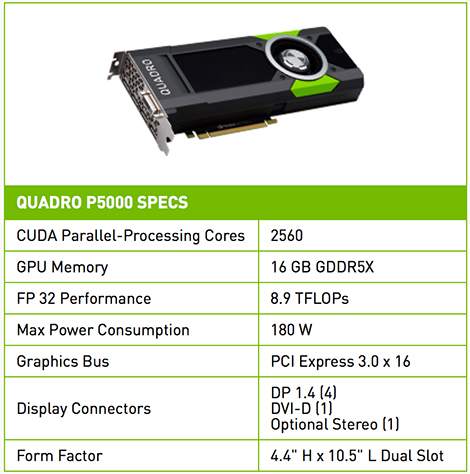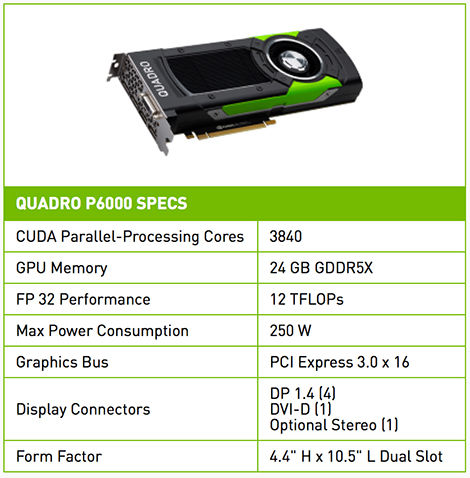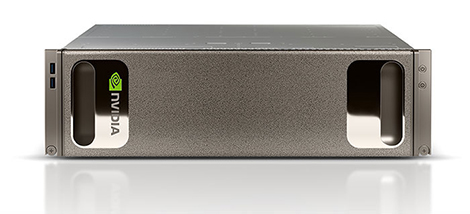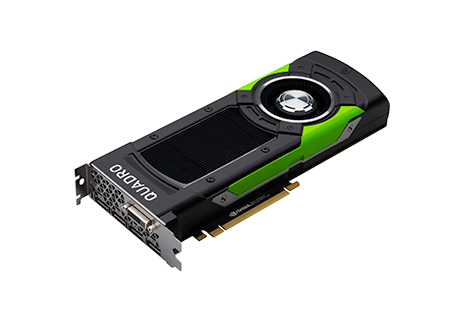
The new Nvidia Quadro P6000
Nvidia has launched two new high-end GPUs based on its new generation Pascal architecture.
The Quadro P5000 and Quadro P6000 are designed predominantly for Virtual Reality, design visualisation and GPU compute (including the physically-based renderer, Nvidia Iray), although the Quadro P5000 could also benefit users of very high-end CAD.
The new Pascal architecture has two interesting features relating to VR and GPU compute.
For VR, Simultaneous Multi-Projection (SMP) allows left right visuals to be created with a single pass. According to Nvidia, this means Pascal GPUs provide 2x the effective geometry throughput.
For GPU compute, ‘Async Compute / Dynamic load balancing’ is designed to offer more efficient sharing of resources between graphics and compute tasks. With ‘Maxwell’ Quadros compute tasks would hog GPU resources, so if you only had a single card and wanted to render with Iray, there would be significant slowdown in interactive 3D graphics performance.
With the Pascal Quadros Nvidia says there is better GPU resource utilisation, resulting in ‘more efficient mixed graphics and compute workloads’.
The Quadro P5000 and Quadro P6000 are rated at 8.9TFLOPs and 12TFLOPS of FP 32 Performance and have 16GB and 24GB of high bandwidth GDDR5X memory respectively. Both cards will be available in October 2016.
See the full specs below:


Meanwhile, Nvidia has also announced that the Nvidia DGX-1, a supercomputer powered by multiple ‘Pascal’ Tesla P100 accelerators, will support Iray later this year with the same functionality as the Nvidia Quadro VCA. The company says that performance will improve as scenes get larger.

The new Nvidia DGX-1 supercomputer






